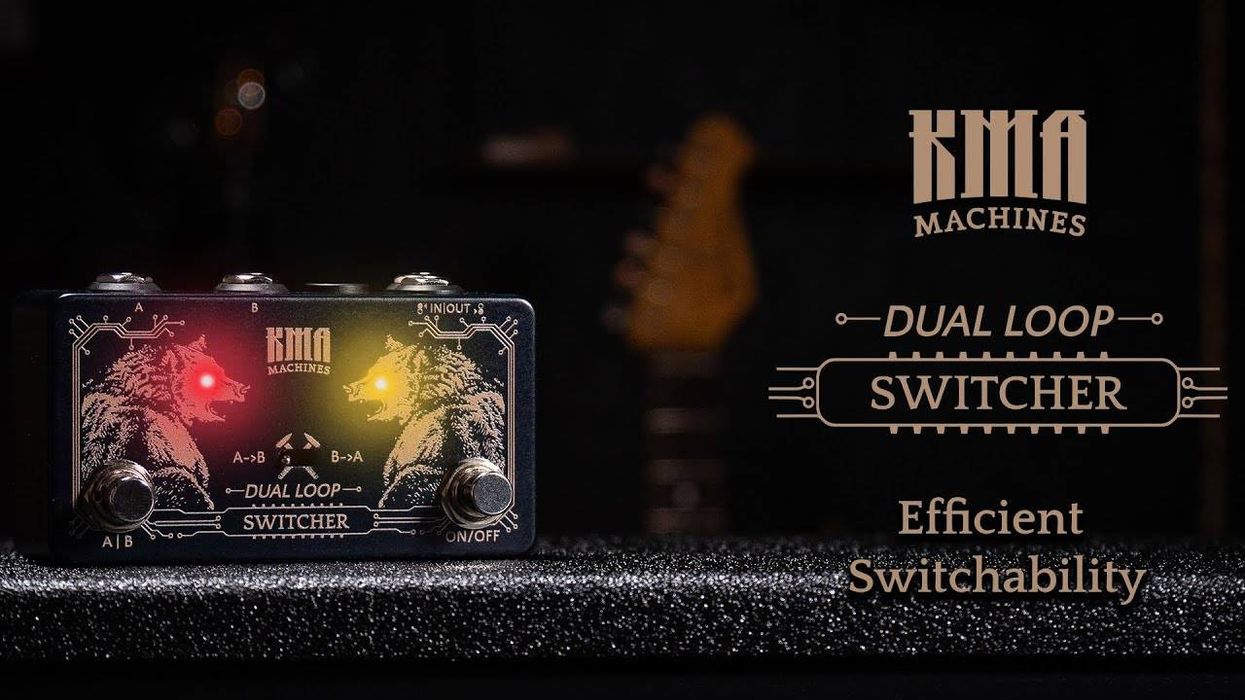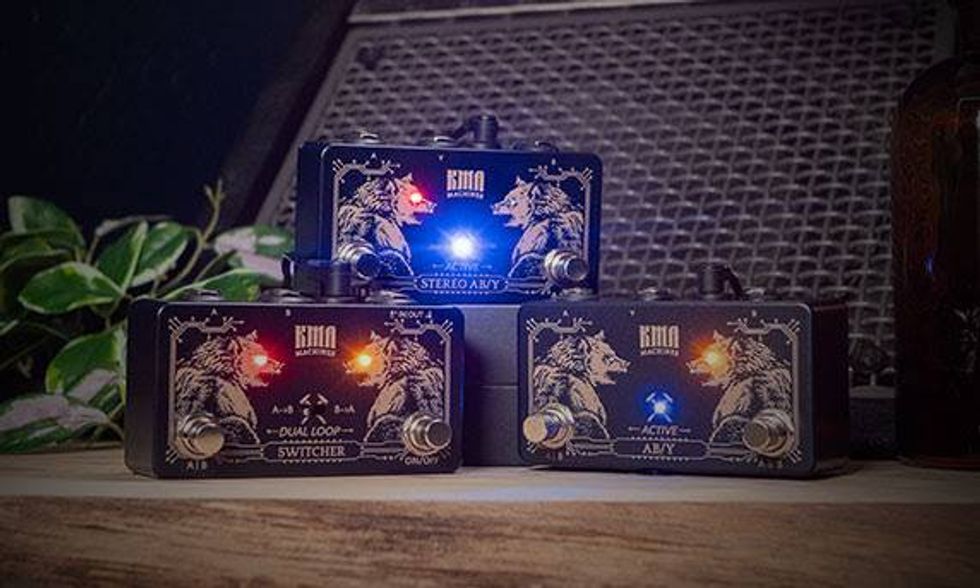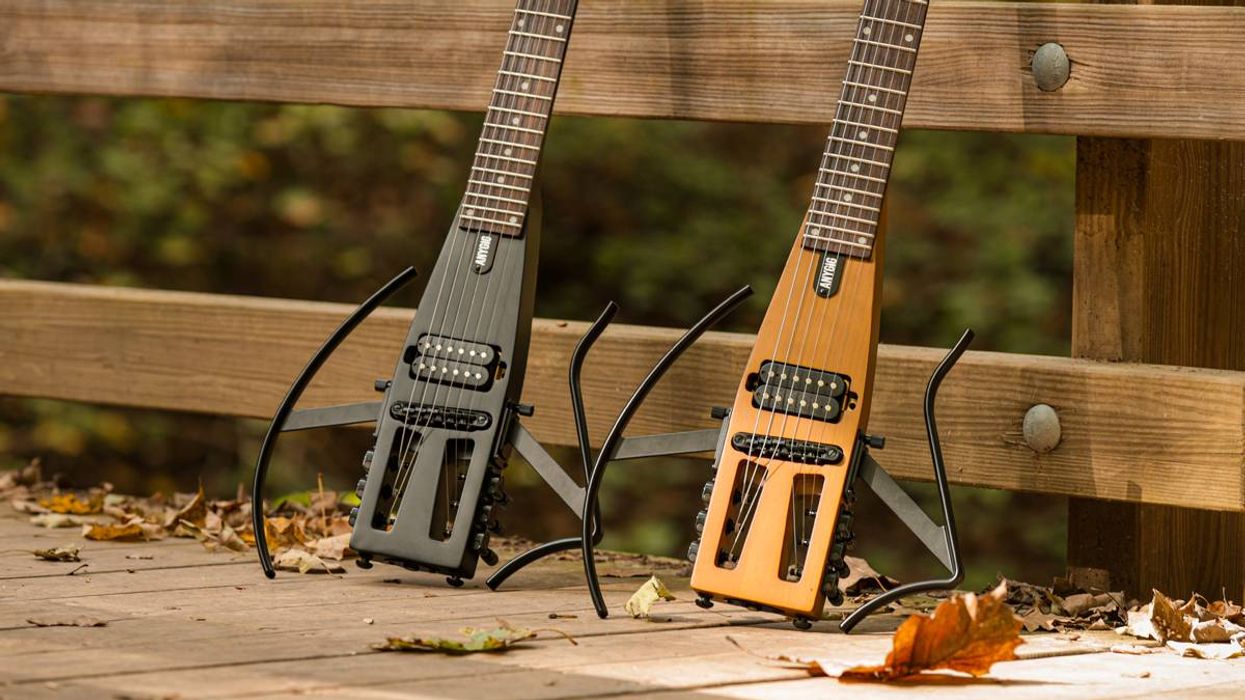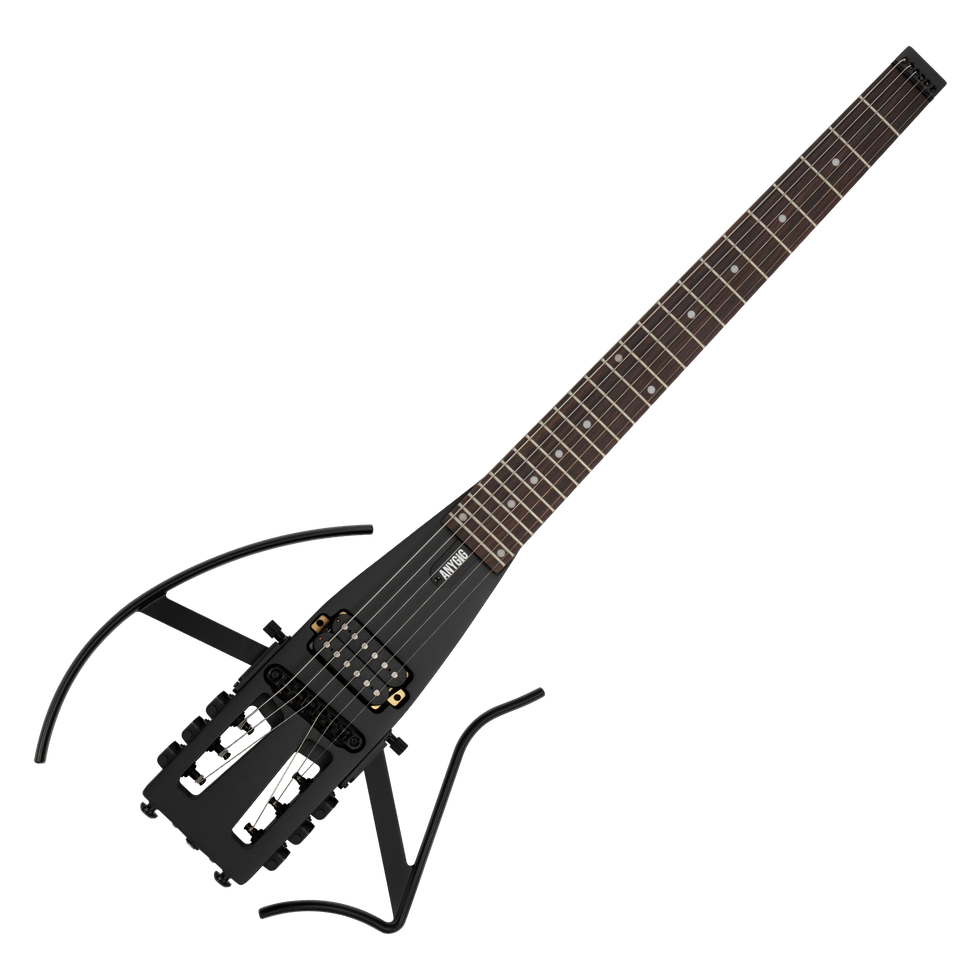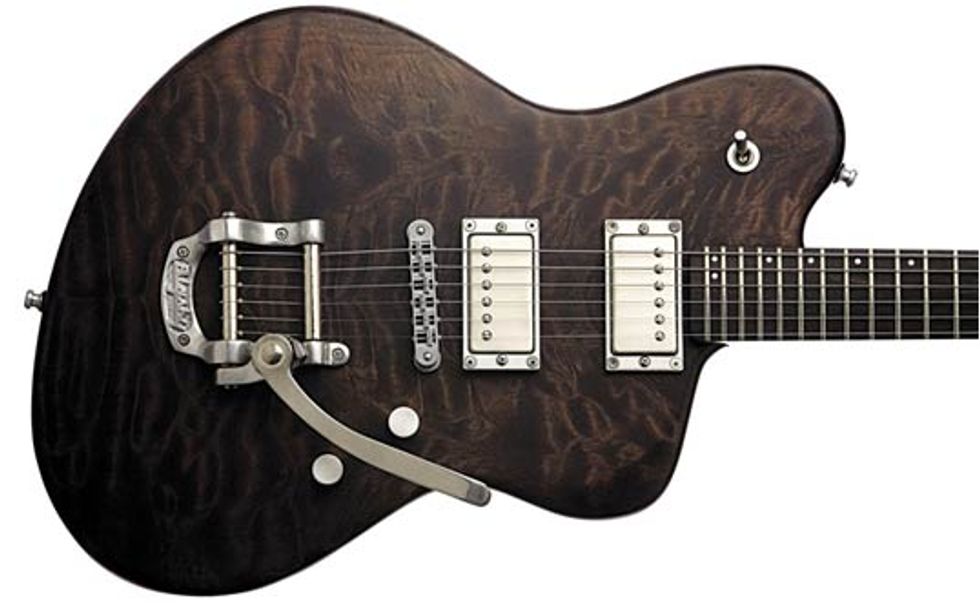
The folks at Henman-Bevilacqua know how to make a splash. At this year’s NAMM show, their booth – featuring white everything, including a pair of leather Mies van der Rohe loveseats and big, bold black and white prints taken by partner Graham Henman – looked more like the set for a sixties Italian art film than the typical boothbabes- and-free-stickers motif favored by most exhibitors. Perhaps more telling is that the monochromatic modern furniture and fixtures took a backseat to Henman-Bevilacqua’s unique guitar designs. Looking initially like space-age Jazzmasters and Jaguars, Hen-Bev’s S1 and S2 guitars and B4 basses are what set all of Hall E’s tongues wagging. The ruckus was caused by Scotty Bevilacqua and Graham and Paris Henman’s radical designs, which repeatedly elicited the same initial reactions from show-goers – comparable to the first time man saw fire, or perhaps more along the lines of the first time I saw electrostatic speakers. But unlike electrostatic speakers, hearing the Henman-Bevilacqua guitars involved no disappointment.
 Release the Tension
Release the TensionWhile apprenticing for Dave Bunker in Pennsylvania in the nineties, Scotty Bevilacqua became a believer in Dave’s tension-free neck designs. “I tested it. I put guitars in the back of cars in the middle of summer, I put them in the back of cars in the middle of winter – I even put one in the oven once,” he says. The design features a cold-rolled, steel truss bar that is epoxied to the headstock then slid through the brass nut mount, which itself goes completely through the neck. A small pin near the 17th fret goes through the wood, through the truss bar channel and finally secures into the wood on the other side of the channel, creating a fulcrum for the truss bar. But why a fulcrum?
There is a fifth bolt, located at the center of the four neck mounting bolts. Says Scotty, “It’s a little plug – pull it out and in there is a 5/32” Allen head tapped into the bar. Stick your wrench in there and just barely turn it – you can literally watch the neck turn into a banana or you can lay the strings on the fretboard.” With this neck design, string tension is lessened by up to 80 percent at the fretboard compared to traditional designs, freeing it up for other things, like adding its tonal flavor to the instrument by allowing unencumbered vibration.
The S2 we tested came with an alder body (recently discontinued in favor of swamp ash) and a beautiful maple top and headstock cap with a deep, brown, open-grained finish called Zora. The S2 also sports enough proprietary parts that it’s quicker to list what isn’t: a pair of WCR pickups with a Fillmore at the bridge and a Crossroads at the neck; an honest- to-goodness Bigsby B5; a Tone Pros T3BP-STC bridge; and Sperzel tuners, although the finish and actual tuner buttons – whose design was inspired by an X-Acto knife – are very much proprietary. Even the pots and caps are unique to the Henman-Bevilacqua line and demonstrate the collaborative design process between Paris, Graham and Scotty.
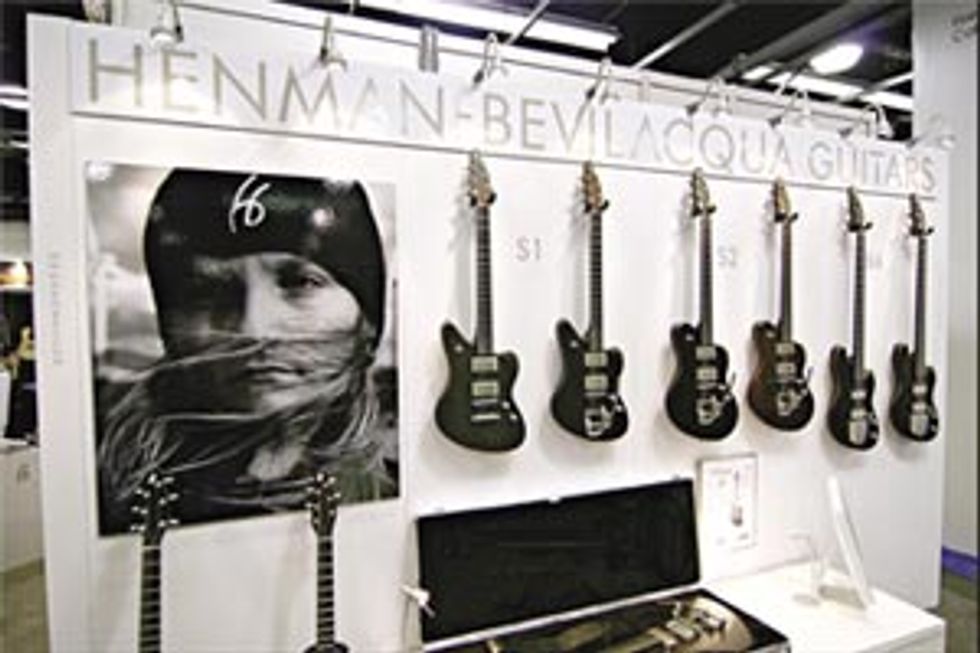 Seeing the S2’s case as it was lifted from the shipping box was a reminder of the Henmans’ branding prowess – even the textured, aluminum gun-style case exudes a unique, thoroughly modern vibe. Popping open the futuristic container revealed more thoughtfulness, including a beautiful black leather strap with the Strap-Loks already installed and all three wrenches needed to move everything to exactly the right spot – a classy touch indeed.
Seeing the S2’s case as it was lifted from the shipping box was a reminder of the Henmans’ branding prowess – even the textured, aluminum gun-style case exudes a unique, thoroughly modern vibe. Popping open the futuristic container revealed more thoughtfulness, including a beautiful black leather strap with the Strap-Loks already installed and all three wrenches needed to move everything to exactly the right spot – a classy touch indeed. Picking the S2 up indicated why Scotty decided to ditch the alder – there’s a noticeable heft, although it’s by no means heavy, just what my grandmother would have lovingly referred to as “husky.” The U-shaped African sapele neck with ebony fingerboard showcased flawlessly finished jumbo frets and unfettered playability all the way up to the 24th fret. Relief was .004” at the eighth fret measured with a straight edge. The 24 frets placed the neck pickup within spitting distance of the bridge unit, but offered up plenty of tonal variety, sounding just like a neck ‘bucker should, although its placement made pinch harmonics a bit of a chore.
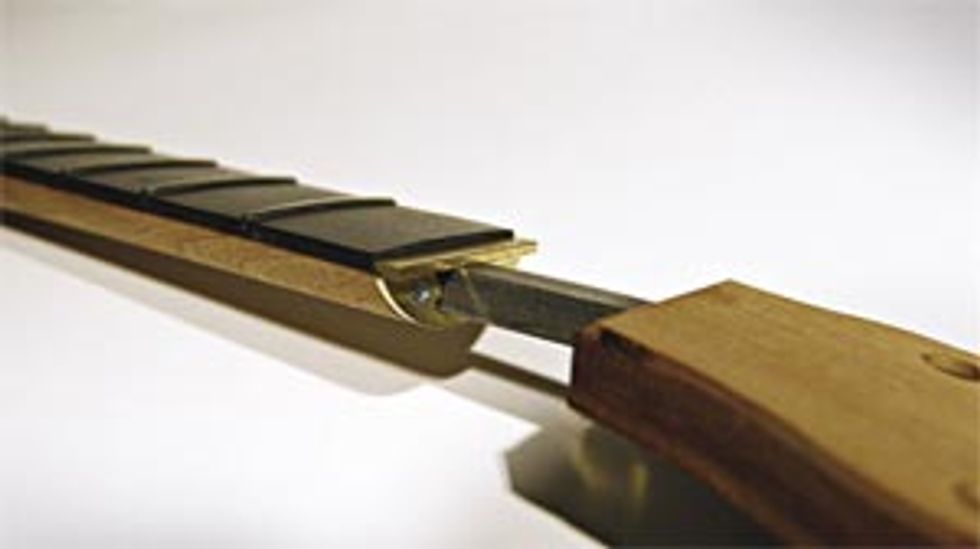 | |
|
"The ruckus was caused by Scotty Bevilacqua and Grahm and Paris Henman''s radical designs, which repeatedly elicited the same initial reactions from show-goers — comparable to the first time man saw fire..."
Tuning parts of the guitar to specific tones might seem like bunkum, but the living quality of the S2 would indicate otherwise. It’s like a really good, old Tele, ready to offer a good deal more than most guitars. Clean tones were warm, rich and bold. Pulling up on the tone control to engage the coil-tap delivered sweet, warm P-90 tones in both the neck and bridge positions. The WCRs are very well suited to this guitar.
Turning the amp up a bit and stacking a couple of ‘screamer-type overdrives together delivered plenty of sustain and fat, greasy, articulate tones. With the twin ODs still blazing, I switched to the neck pickup, rolled back the tone about a third and started grabbing some weird Steely Dan chords in the vicinity of the fifth fret – my version of Steely Dan chords, anyway. What was incredible was that they weren’t coalescing into one big blob of sound. Instead, the individual notes retained their identities. Even at these medium gain settings both pickups cleaned up relatively well with the volume and tone knob.
The Final Mojo
Scotty and his crew are onto something here. I had mistakenly thought that this would be a shred guitar, but its surprisingly traditional tones changed my mind within seconds of picking it up. The WCR pickups can’t be recommended highly enough and the Bigsby is a really nice touch, making feedback coaxing a breeze. The graphite Earvana nut ensured intonation never became a concern, even with all of those frets. Every part of this guitar is a deliberate tonal choice, and that’s something that can’t be found just anywhere. Check one out, and if it speaks to you, it will really speak to you.
Buy if...
you want your own sound without straying too far from tradition
Skip if...
you would never think to use BBW in a singles ad
Rating...
MSRP $5900 - Henman-Bevilacqua - henbev.com |
Our expert has stated their case, now we want to hear yours. Share your comments and ratings below.





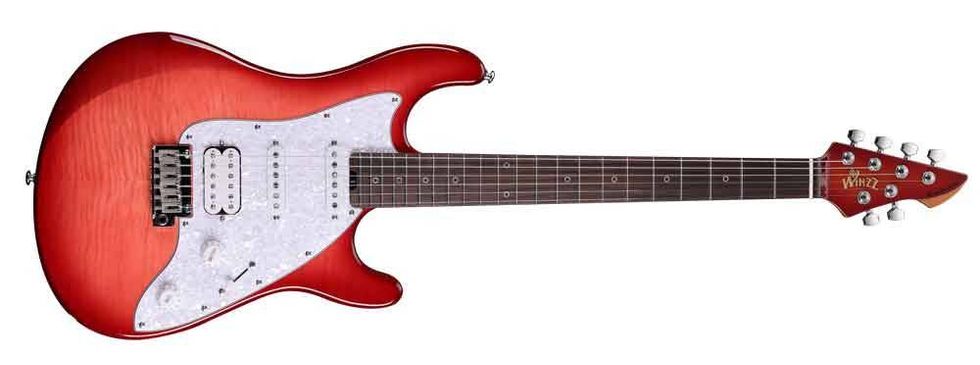
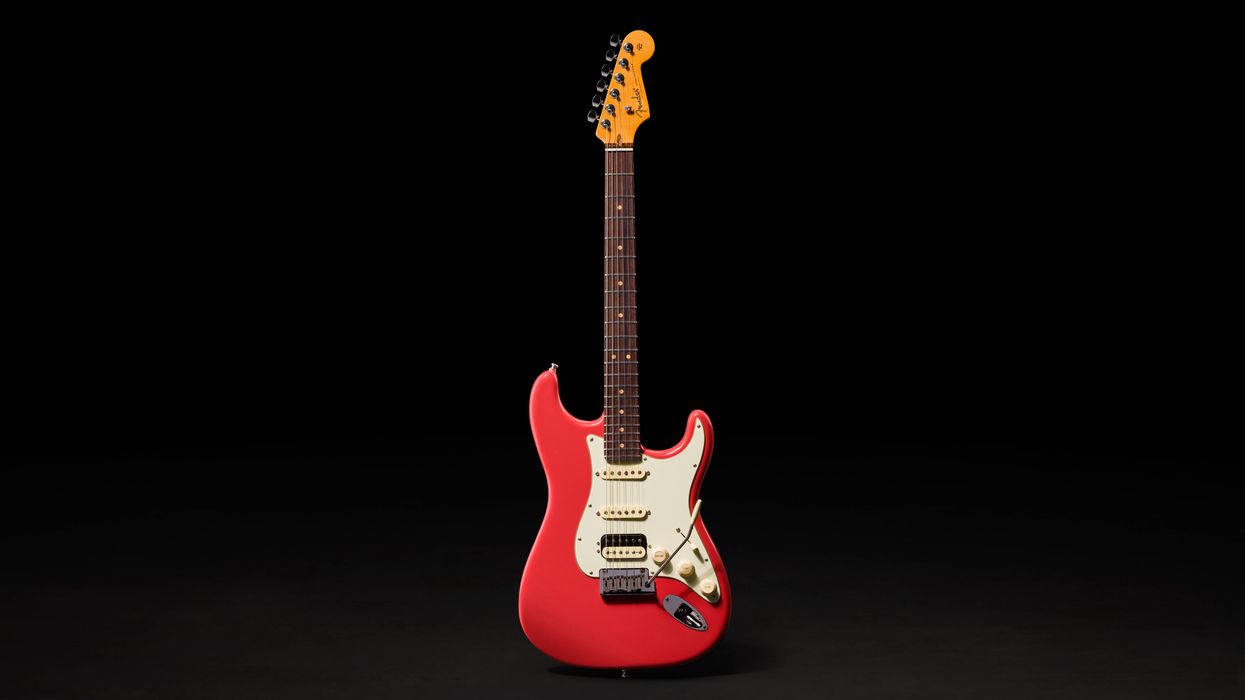
![Rig Rundown: AFI [2025]](https://www.premierguitar.com/media-library/youtube.jpg?id=62064741&width=1245&height=700&quality=70&coordinates=0%2C0%2C0%2C0)
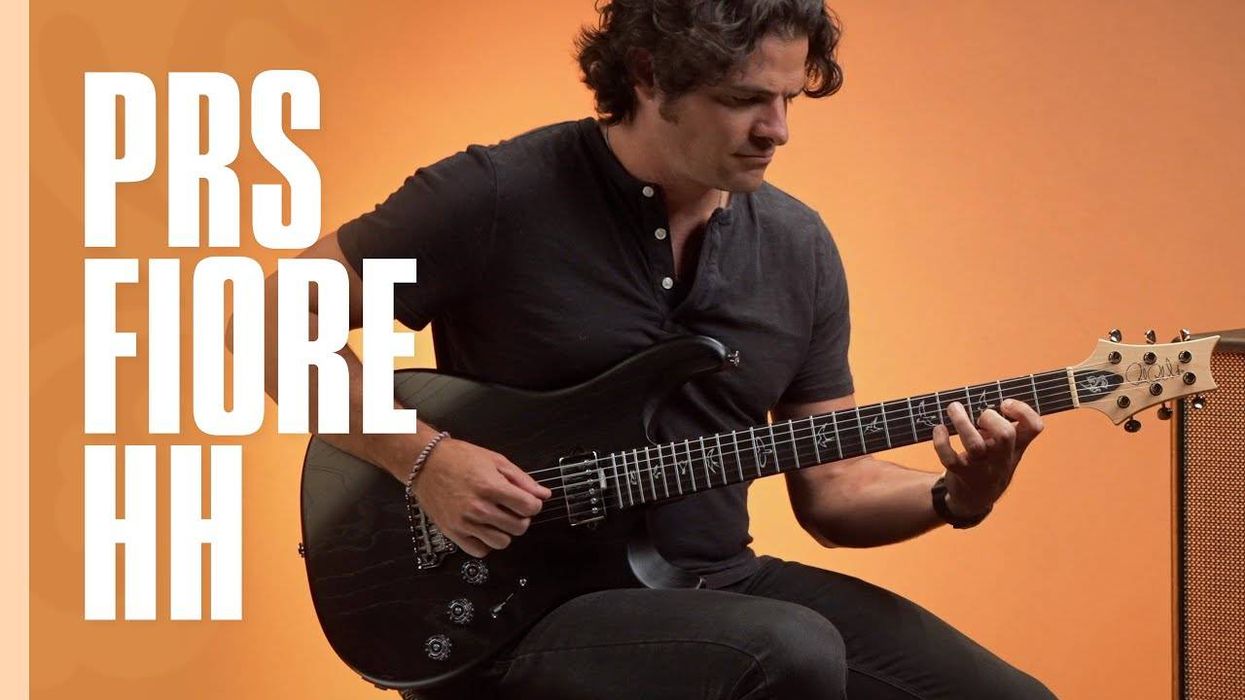

![Devon Eisenbarger [Katy Perry] Rig Rundown](https://www.premierguitar.com/media-library/youtube.jpg?id=61774583&width=1245&height=700&quality=70&coordinates=0%2C0%2C0%2C0)



